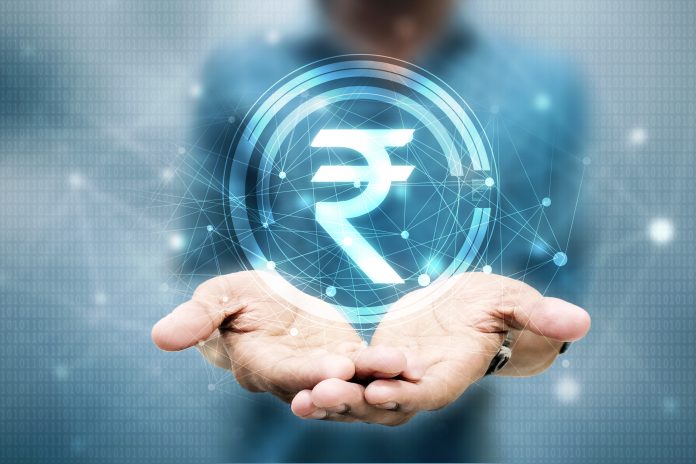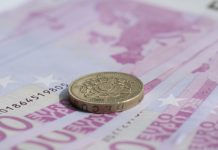GBP/INR is increasing in early trading on Wednesday, trying to recover yesterday’s losses. Currently, one British pound buys 92.549 Indian rupees, up 0.61% as of 6:10 AM UTC. On Tuesday, the pair lost 1.70%, which is the largest single-day drop since March 10. The price has finally broken below the sideways channel on Tuesday and touched the lowest level since March 17.
The rupee was bullish yesterday, as Indian Prime Minister Narendra Modi announced some relaxations during the next lockdown phase that starts May 27.
GBP: UK Economy Contracts 2% in Q1
The pound has recovered after finding a comfortable support level. The British currency is also supported by GDP data published a few minutes ago. While Britain’s economy tumbled by a record 5.8% in March from February, the quarterly contraction was less dramatic than expected. The government led by Prime Minister Boris Johnson ordered the lockdown in March.
In the first quarter of the year, GDP contracted by 2.0% compared to the last quarter of 2019. While this is the largest quarterly decline since 2008, the reading is still better than analysts’ forecasts of a 2.5% drop.
April data will likely point to an even bigger drop, given that the lockdown measures have been active for the entire month.
The Office for National Statistics (ONS), which released the data, explained:
“The impacts of the coronavirus were seen right across the economy, with nearly all sub-sectors falling in the three months to March.”
The ONS reported a 1.9% decline in the UK’s services sector, which accounts for about 80% of the GDP. Also, production dropped 2.1% while construction fell 2.6%.
The GDP will likely contract in the three months to June as well, which will lead to an economic recession. Some economists and Bank of England policymakers argue that the UK is experiencing the worst crisis in over three centuries.
Earlier today the British Retail Consortium (BRC) said that retail spending tumbled by a record 19.1% in April. Separately, Barclaycard said that credit and debit card spending dropped by 36.5% compared to April 2019.





